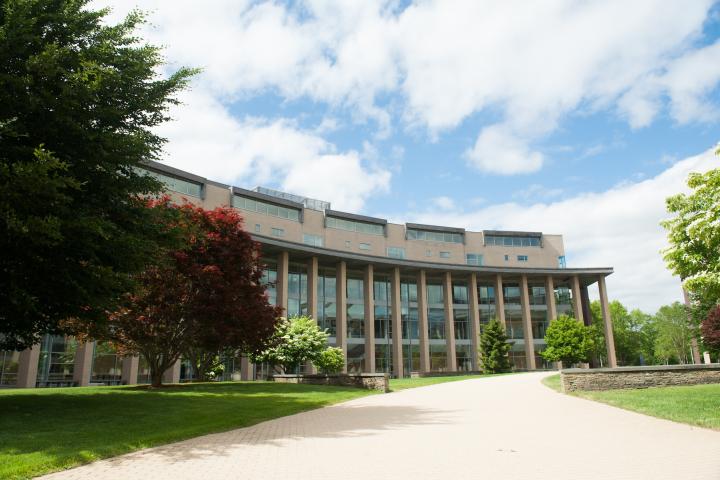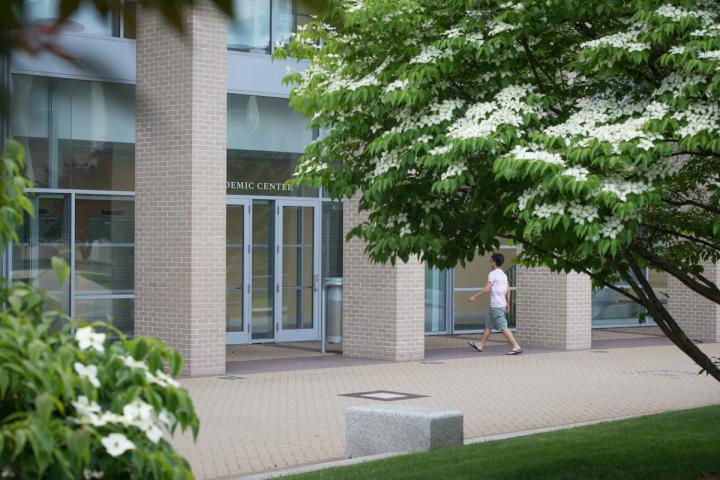April 12, 2021
At a recent aerospace conference, Olin undergraduates Celvi Lisy ‘23, Rohil Agarwal ‘23, Argyris Kriezis ‘22, Olivia Seitelman ‘22, Regan Mah ‘23 and Utsav Gupta ’21 presented two research papers involving satellites—one on orbital debris and the other on interference mitigation.
The students are part of the Olin Satellite and Spectrum Technology and Policy Group (OSSTP).
The first paper focused on satellite interference mitigation—a tricky and growing problem for the industry given the proliferation of satellites. The students analyzed data submitted by satellite communications companies to the Federal Communications Commission (FCC) for U.S. market access to assess its compliance with relevant FCC guidelines. What they found, however, is that some of the systems’ compliance could not be validated.
The findings were not surprising, according to the students, because “the current FCC and international rules have not yet been updated to account for mega constellations,” said Rohil Agarwal’ 22. “There are thousands of satellites these days, but when the rules were written that proliferation of 10s of thousands of satellites wasn’t common.”
Ultimately the team says the data shows that the FCC and International Telecommunications Union (ITU) must revisit power flux density (PFD) limits and policies for systems with more than 1,000 satellites to protect terrestrial networks from harmful interference.
The OSSTP group tackled the growing issue of sustainability in space in their second research paper presented at the 2021 IEEE Aerospace Conference.
There is currently a push to regulate satellites in space more rigorously so that growth can be managed sustainably. Space was once relatively free of orbital debris, but this is no longer the case. This debris is made up of small and large parts and particles from satellites and spacecraft that remain orbiting the Earth after their missions have been completed.
In May 2020, more than 83,000 new satellites applied for US market access—a staggering increase over previous years. This congestion could lead to a host of problems –including more orbital debris.
“People are afraid that congestion could lead to a loss of access to space,” said Argyris Kriezis ’22. “It’s important we ensure that we use space sustainably.”
The second paper analyzed the efficacy of satellite operators’ Post Mission Disposal (PMD) plans, which are put in place to help make sure that massive amounts of non-operational satellites are not left in orbit to contaminate outer space and impact the safety of flight paths for future missions. The team concluded that more orbital debris regulation is needed and that those planning to launch satellites should be required to include detailed disposal plans for non-operational satellites in their proposals.
The team received feedback on their research during a live presentation, as well as suggestions on how to further their research in the future.
Both papers will be published soon.
For more information on OSSTP’s work, please explore past stories. (See below):
Lohmeyer Awarded NSF Grant to establish Olin Spectrum Innovation Initiative Center (OSIIC)
The Olin Satellite + Spectrum Technology & Policy Group (OSSTP) Takes Off!
Olin Team in the Running for Grant to Establish New $25M Wireless Spectrum Research Center


